Archibald Menzies, one of the great British naturalists, brought this other-worldly tree to the U.K. in 1795. Shortly after its arrival in the U.K., British lawyer, Charles Austin, remarked that “It would be a puzzle for a monkey to climb that tree.” Because the British hadn’t given the tree a name yet, apparently Mr. Austin’s remark took hold. Thus the namesake of this prehistoric conifer was born.
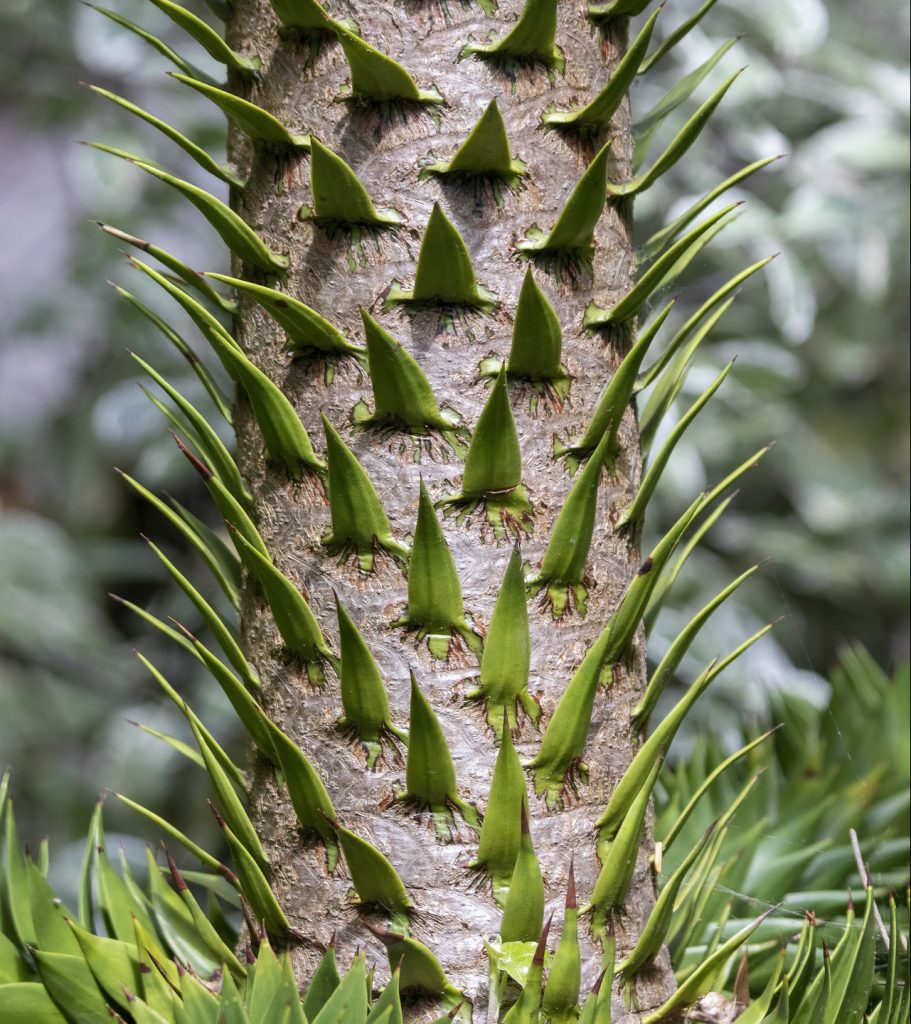
Imagine a monkey trying to walk on those spikes!
During the 1800s, this unique tree had become a garden novelty signifying wealth and status across Great Britain. Currently, it is a common garden tree in New Zealand, Western North America, and Europe. Since it’s such a strange being to us, it’s sometimes hard to imagine what this tree’s native habitat looks like. Where does this mysterious monkey puzzle tree come from?
The History of the Monkey Puzzle Tree
The other common name for this tree – the Chilean pine – reveals its origins. This tree grows in the central part of Chile and is also the Chilean national tree. However, some of these trees also grow on the Argentinian side of the Andes. One puzzling thing about the monkey puzzle tree is its evolution.
Botanists believe that this tree evolved over 200 million years ago when dinosaurs still walked the Earth. They think the tough, spiny leaves worked to deter hungry dinosaurs from munching on branches.
Whatever their purpose, the pokey leaves seem to have greatly helped with the survival of the tree. The tree has endured mass extinction, multiple ice ages, and centuries of human use.
The Chilean pine grows in two distinct populations. The majority of the trees thrive in the Andes between 2,000 and 6,000 feet in elevation. An attestation to their resilience, these trees can live for up to 2,000 years. During these years, they can reach upwards of 150 feet tall and 8 feet wide, putting them comfortably within the realm of giants.
Even the leaves of these ancients are old; a study found that the average age of a leaf on a monkey puzzle tree is 24 years old. For comparison, most pine needles only last two or three years!
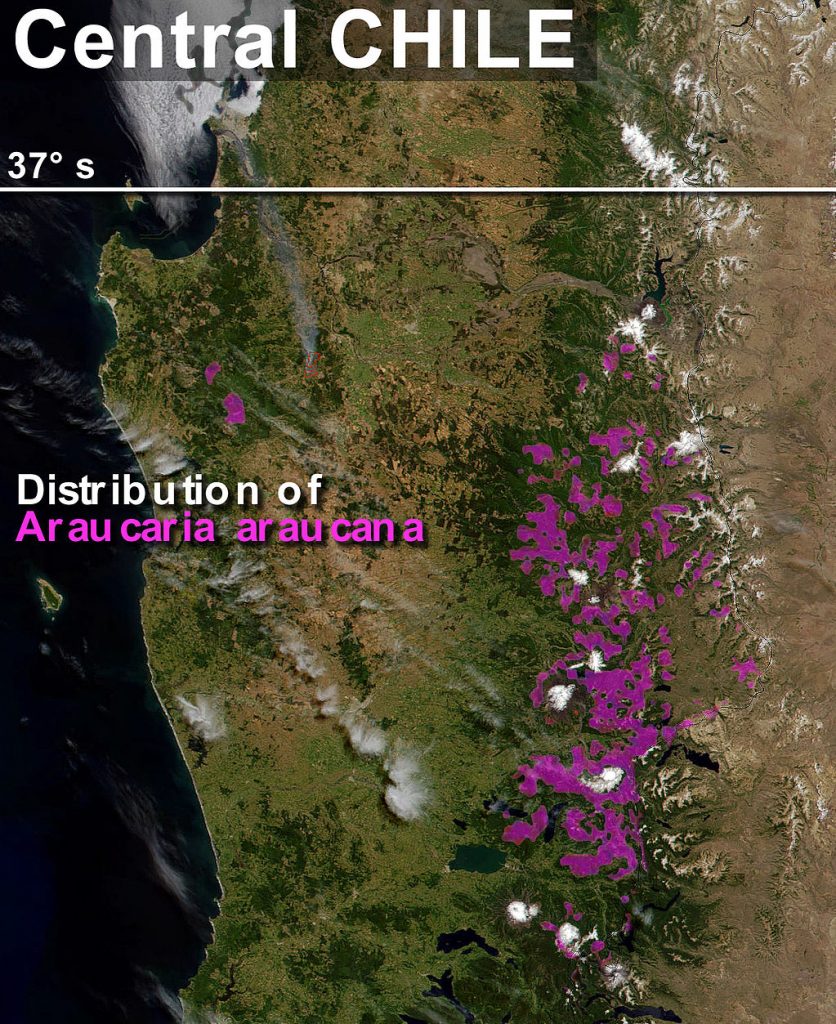
The range of the monkey puzzle tree. Note the small, coastal populations. Photo courtesy of Stephen Hayden.
Humans Love the Chilean Pine
In fact, we’re kind of loving it to death. One look at an old monkey puzzle tree highlights its supremely straight trunk. The tree’s knot-free, straight-grained wood is excellent for construction. Because of this, the tree was critical to the large logging industry in central Chile until 1976 when the government declared the tree a national monument. This slowed commercial logging of the tree until 1990, at which point it was fully banned.
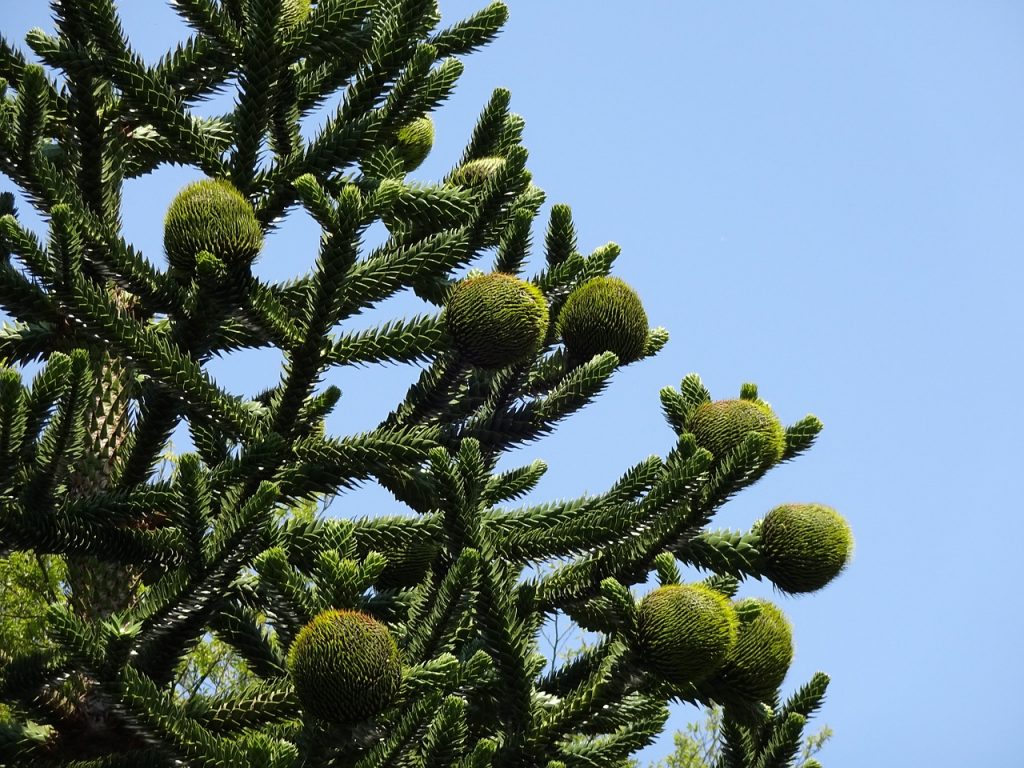
The tasty pine nuts live inside those large, funky pinecones
Aside from timber, this tree offers an excellent food source. The cones of this tree are massive pods, which contain about 200 seeds. They are said to taste like pine nuts. However, they are much, much larger.
Some people are looking into growing this as a nut tree in Scotland, where other nut crops can’t survive. Unfortunately, it takes 30-40 years for the tree to begin making nuts, which deters interest. Just think of 1,000 years of food afterward, though!
Conservation Status
Both logging and seed collecting by Chileans have had a negative impact on the Chilean pine.
Logging reduced the range of this tree and fragmented populations into smaller groups. While the seed makes great food, over-collection of it has caused a decrease in pine seedlings.
This species is slow to regenerate, and seed collection makes it more difficult for young trees to get established.
In 2013 the IUCN declared the plant endangered. This followed the 2001-2002 wildfires that burnt large swaths of old-growth monkey puzzle tree. Scientists project that climate change will continue to make fires more intense in central Chile, posing a threat to the remaining trees.
Over-grazing by cattle in monkey puzzle tree habitats has degraded the landscape, making it more difficult for trees to survive.
The logging industry in Chile and Argentina has turned towards creating plantations of exotic tree species, often to the detriment of monkey puzzle trees. The practice stresses out the trees and reduces their ability to increase their population.
The Chilean pine seems to respond well to planting. The Global Trees Campaign planted 2,000 trees in the early 2,000s and had a 90% survival rate ten years later.
This high survival rate is uncommon for endangered plant species, which provides some hope for the future of the monkey puzzle tree in its native habitat.
Volcanoes add an additional explosive challenge for these trees. Even though they have lived with volcanoes for millions of years, they are more prone to volcano impacts now. Lava flows can destroy an entire, isolated population, whereas historically, interconnected populations were more resilient.
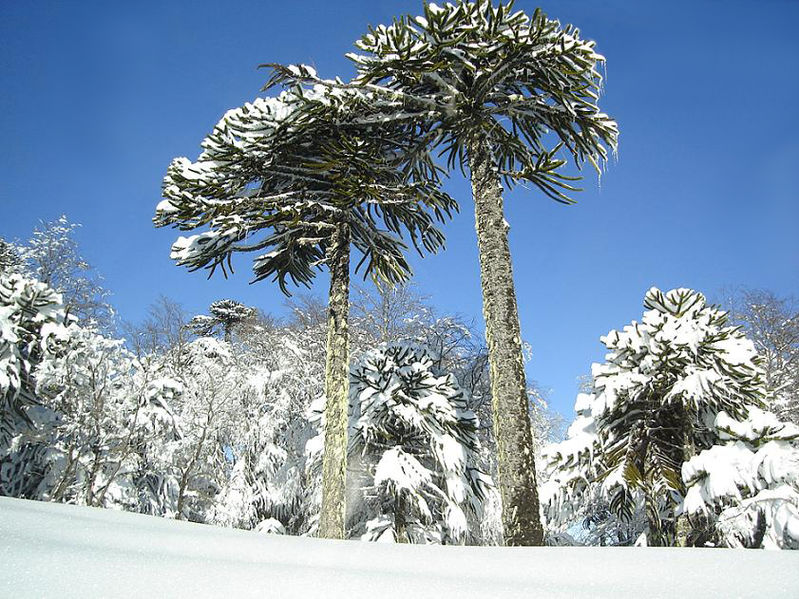
These monkey puzzle trees would argue that they do just fine in snowstorms. Photo courtesy of Grm.gustavo
What About Outside of Chile? Is the Chilean Pine a Good Garden Plant?
While the monkey puzzle tree faces some major threats in its native habitat, it is having great success seducing gardeners around the world. The tree has weaseled its way into almost every neighborhood along the west coast of the U.S.
The tree does great in any well-draining soil. It prefers slightly acidic soil but should grow well in just about anything with the right climate.
In gardens, the tree will max out at about 80 feet tall, rather than 150 feet in its native habitat. It will, however, continue to produce tasty seeds, as long as another tree of the opposite sex is around to pollinate the cones. Be sure to get a female tree! Males won’t ever produce those tasty nuts.
People argue over the minimum temperature at which these trees can grow. While they grow reliably at temperatures as cold as 20°F, some people have succeeded in growing them in much colder places, such as Logan, Utah.
While the tree does well in cool weather, it does very poorly in heat. For this reason, it grows much better in places like the West Coast rather than the East Coast or the American South. The tree will get very stressed out in prolonged temperatures above 80°F.
Many nurseries stock these funky relicts. If you decide to plant one, be sure to baby it for a good three or four years. After that, the tree will be well established and need little care.










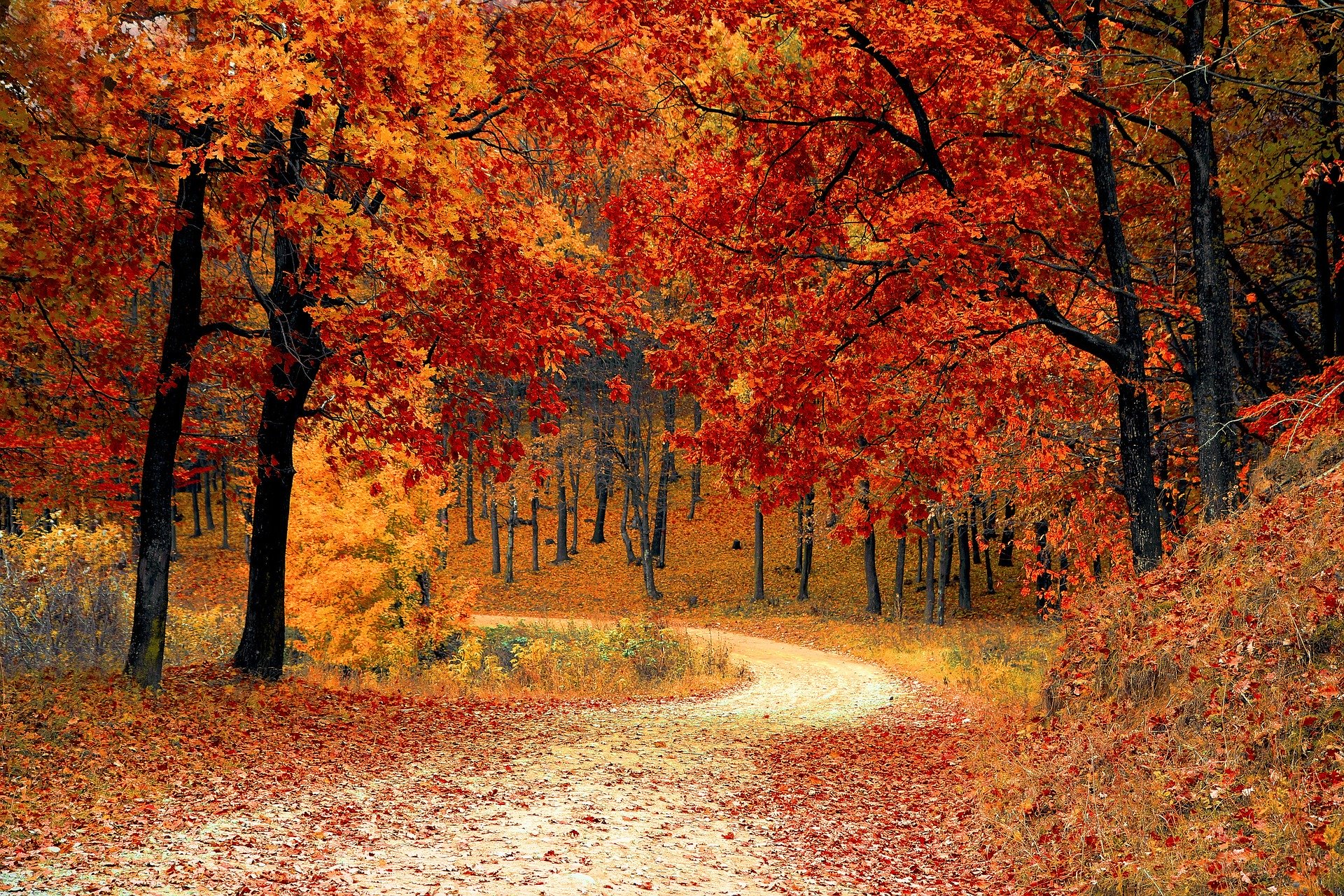
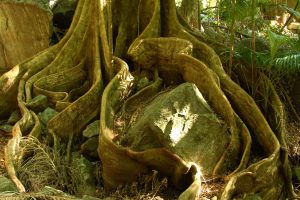

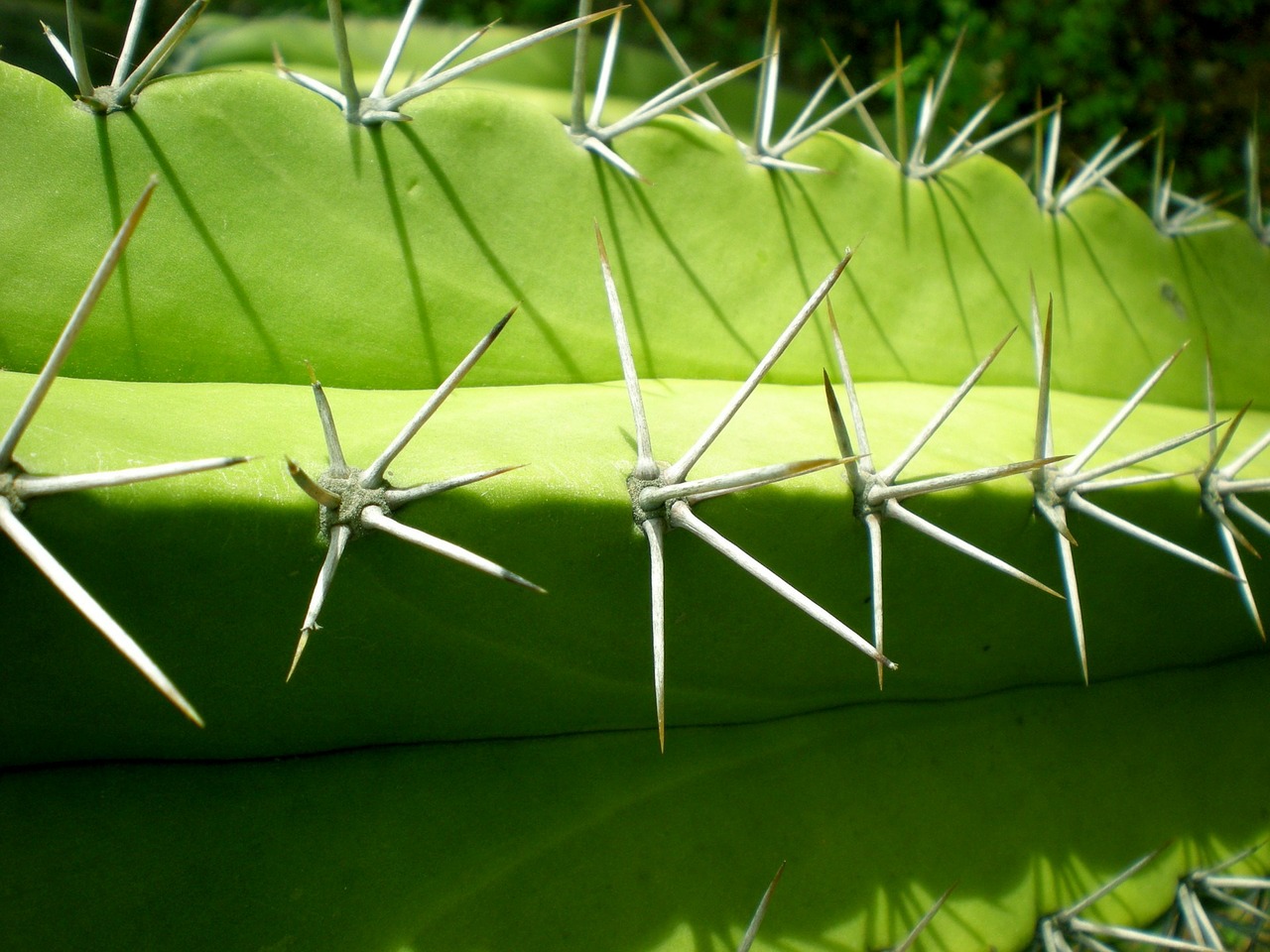
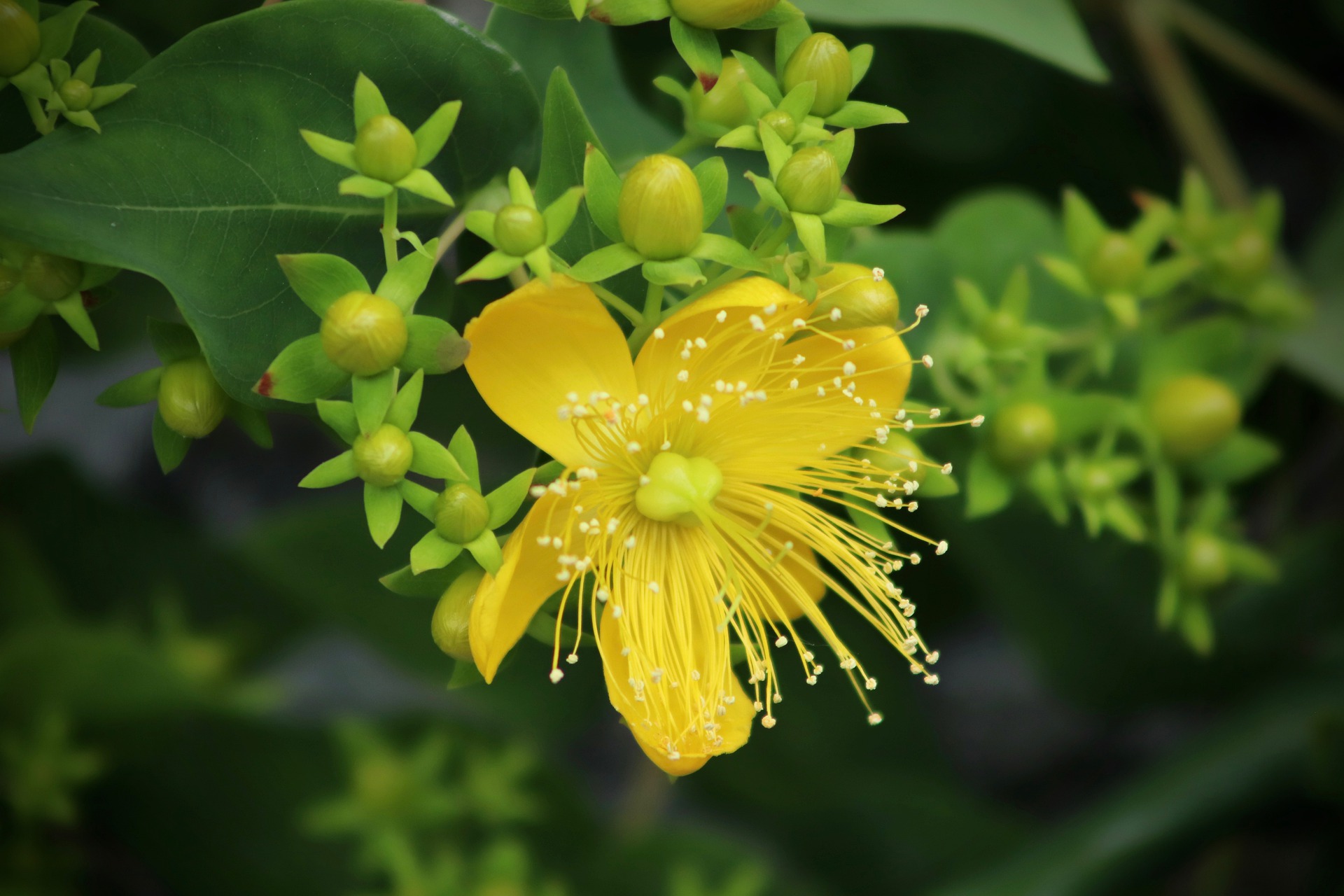

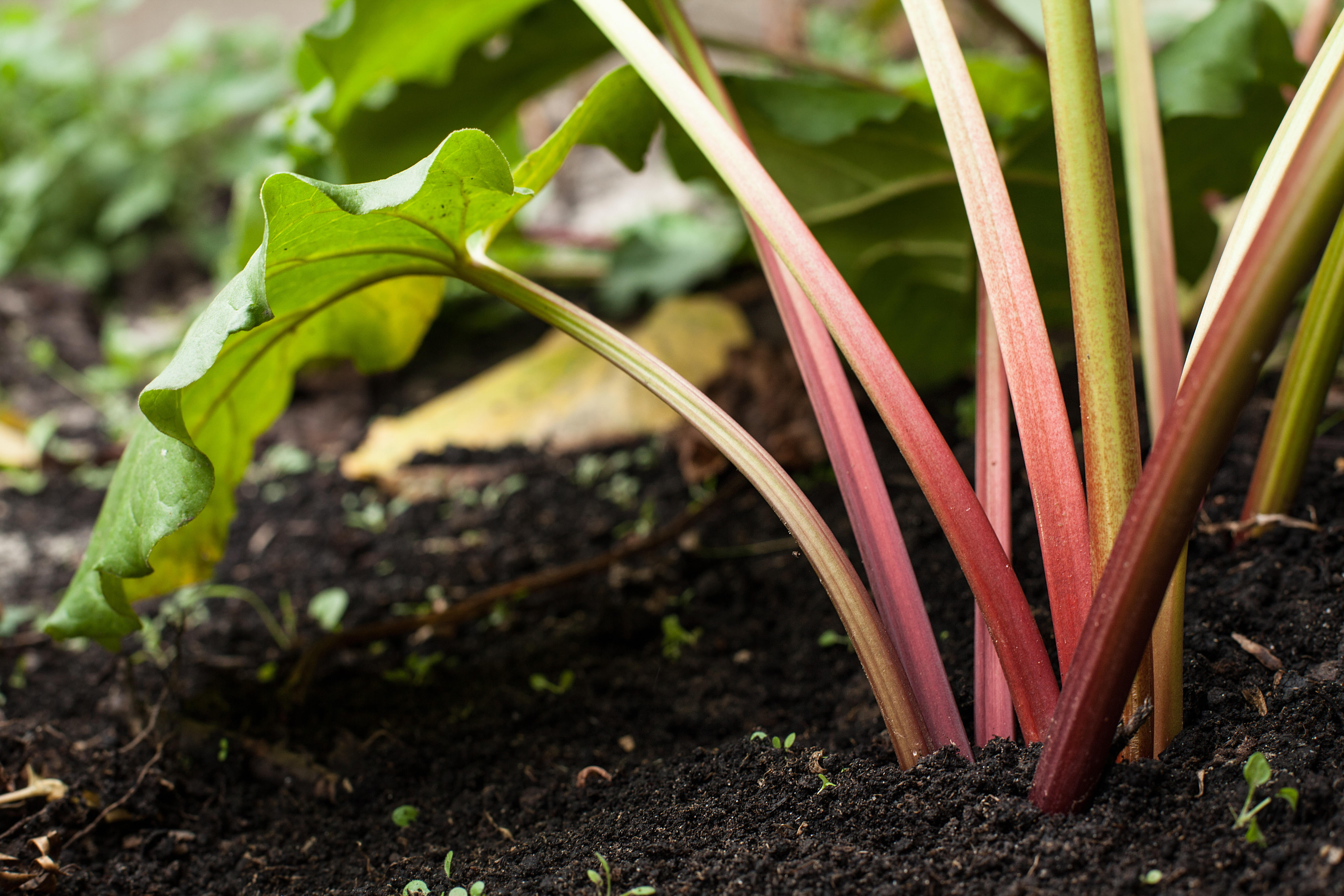



I have 2 Monkey Puzzles in my yard and they are enormous. I planted them 12 years ago and this year i had 2 cones that fell. I did not know they had cones. They are very heavy and very green so I am not sure about the reason they fell off before turning brown like the regular pines do. Perhaps a squirrel knocked them off. I would like to know if they are edible because if the squirrels are they reason they fell then I am wondering why they did not eat them.